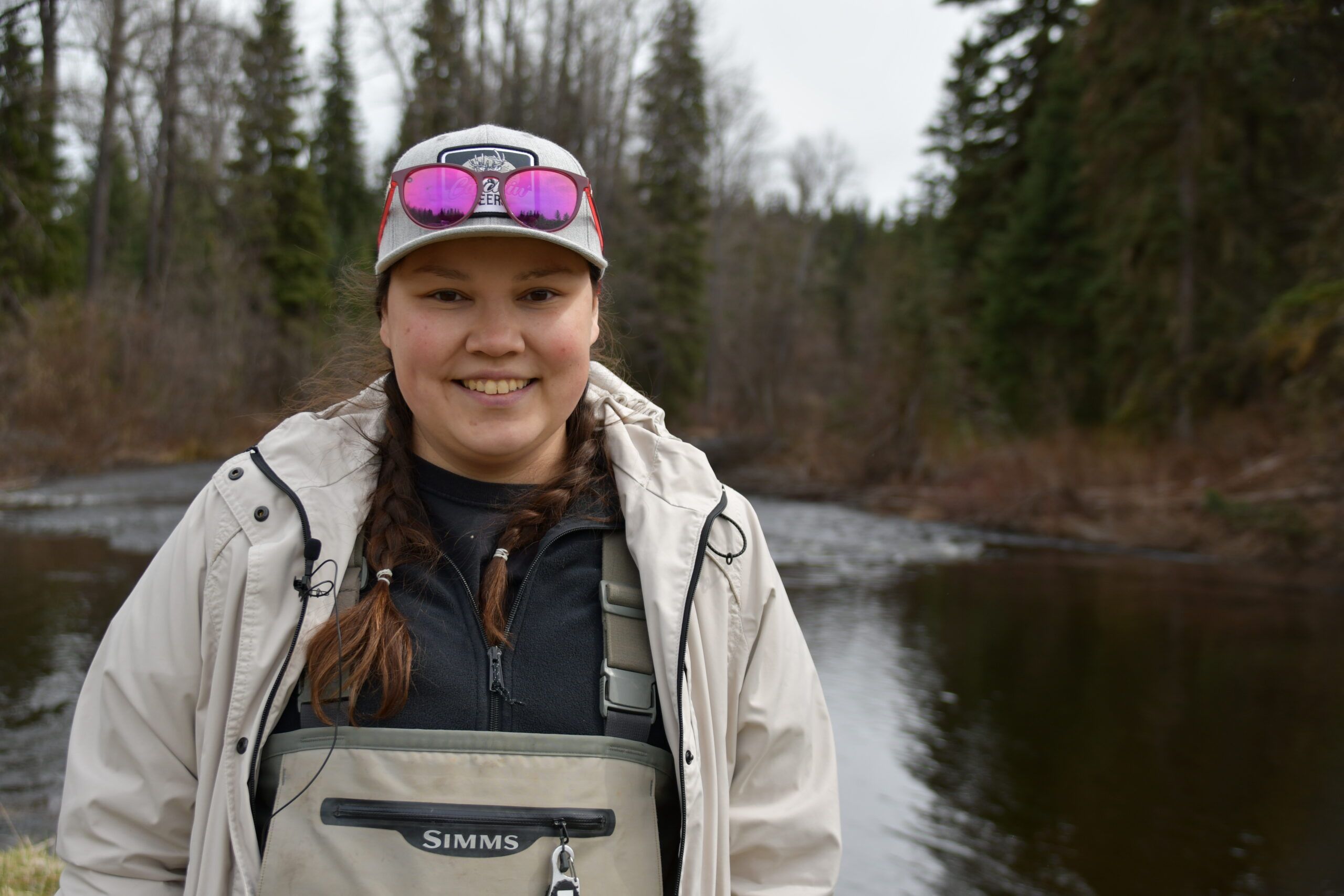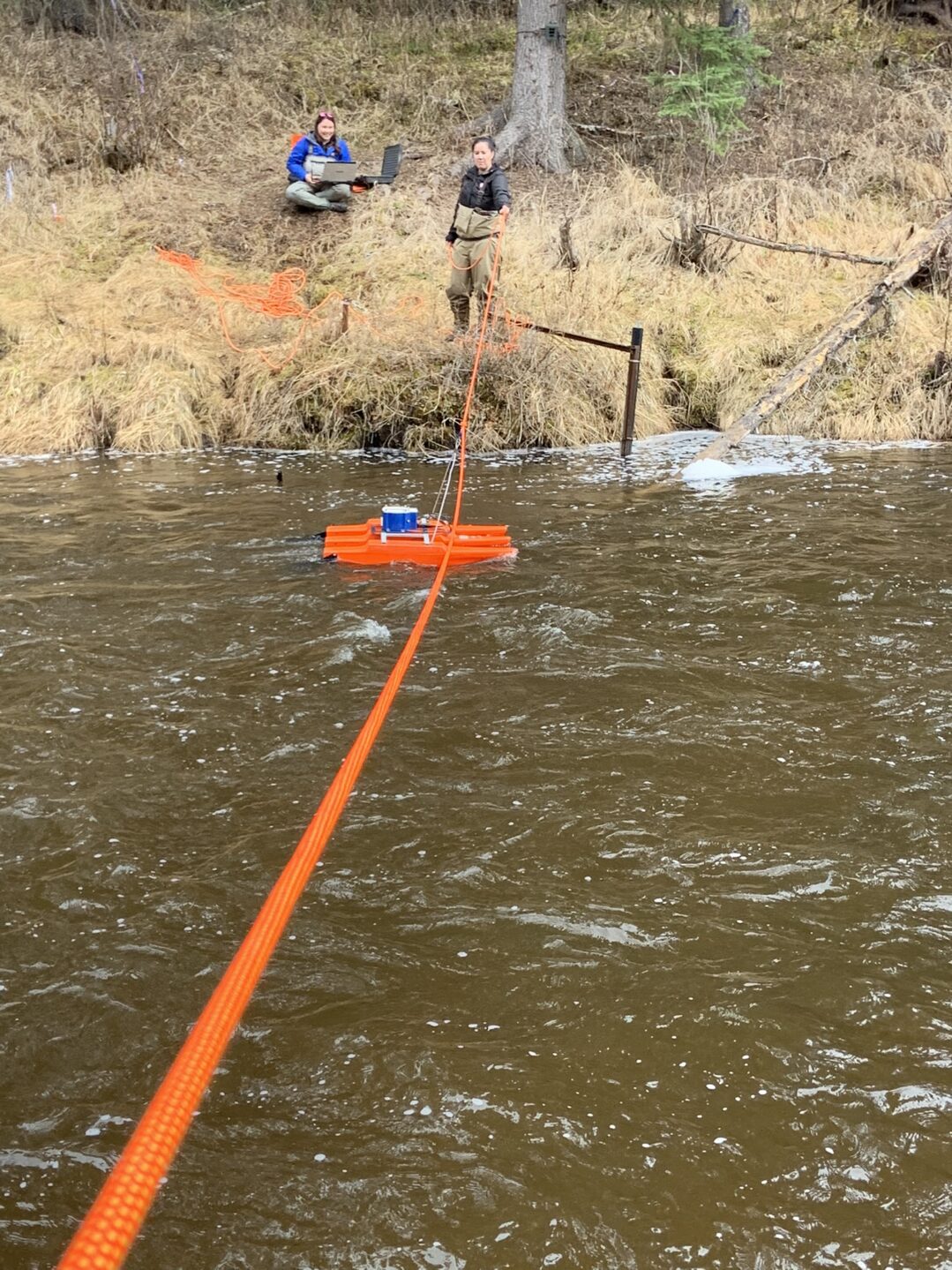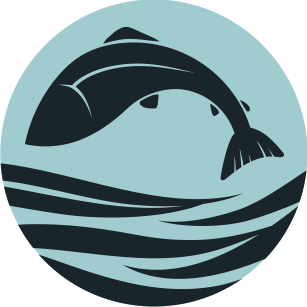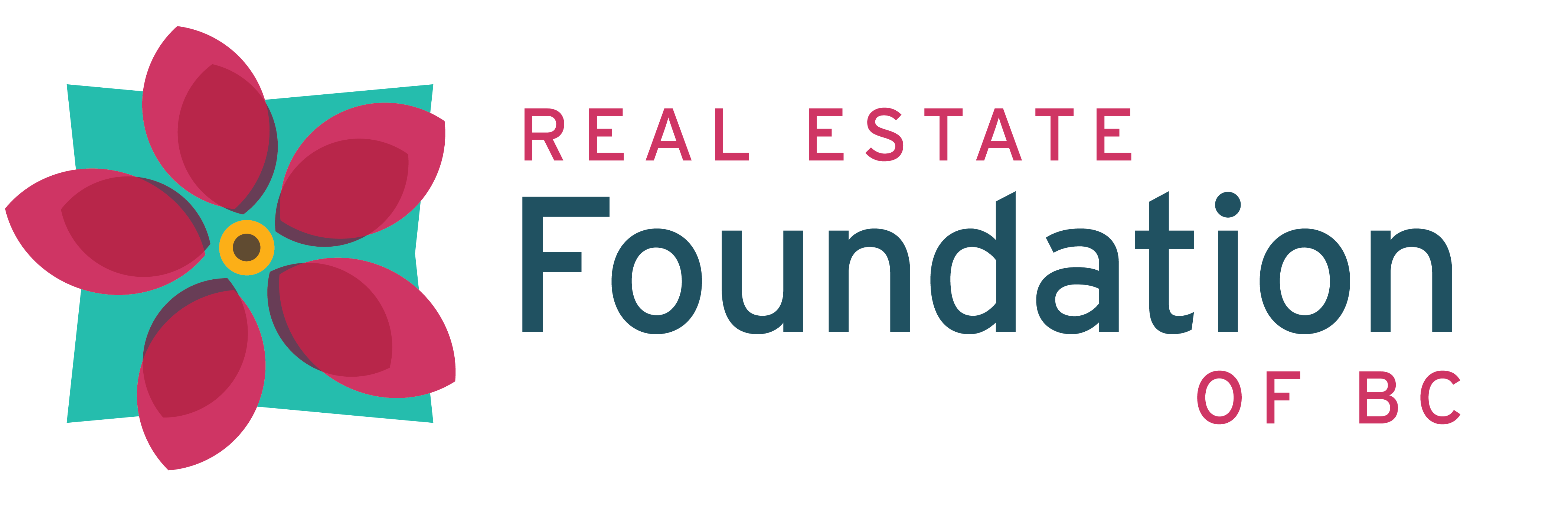Water that Connects Us
Water Flow Management and Monitoring in the Nechako Watershed
Streams and lakes ribbon the Nechako River as it weaves its way through the 52-thousand-square-kilometre watershed in the north-central region of the province, linking the communities reliant on the fresh water the river brings.
Also connecting the peoples of this land are the iconic Sockeye, Chinook, and Coho salmon that return home to spawn each year. It's a long journey back from the ocean for the salmon; a migration made ever more difficult by climate change, habitat destruction, and the devasting impact of the Big Bar landslide in 2019, which trapped migrating salmon below the slide.
In facing these challenges to the salmon, whose life-cycle is tied intrinsically to theirs, Upper Fraser Fisheries Conservation Alliance (UFFCA), in collaboration with its Nation partners, has been leading a First Nations-led water flow management project on the Endako River, and a water quality and quantity monitoring program for 22 streams and lakes throughout the Nechako watershed. The UFFCA is an indigenous, technical non-profit organization that supports the collective interests of Upper Fraser First Nations in fish, fish habitat and fisheries. The UFFCA works in the Central Interior region's vast Upper Fraser River Watershed, home to 23 culturally and linguistically distinct First Nations, all with cultural values associated with salmon.

With 22 hydrometric stations already set up throughout Nechako Watershed, the UFFCA accessed HWI funding to assess, repair, and upgrade systems for data collection, analysis, and information sharing. The stations are being used to understand changes in critical salmon habitats and inform leaders' decision-making and emergency enhancement planning for vulnerable fish populations.
Salmon scarcity is a sad new reality Indigenous peoples are addressing. "As a child, I remember going into the smokehouse, and there was salmon everywhere. We'd have hundreds of salmon, and now we don't take salmon from our rivers," said Rebecca Broadbent, UFFCA project coordinator and Nadleh Whut'en member. "We have to make sure we have an adequate home for the salmon to return to."
Rebecca and her team took HWI visitors to a water quality and quantity monitoring site at the Burns Lake outlet, where it flows into the Endako River. The existing hydrometric station and several other key stations are upgraded with higher accuracy water level sensors as part of the Endako Flow Management project and for long-term monitoring. Real-time data from this station is now sent by satellite or cellular modem to technicians monitoring and analyzing the information. The crews receive real-time access to data, allowing them to see if any issues, such as debris knocks on a hydrometric station, need to be addressed immediately.
Before receiving HWI funding to support the stations, Rebecca said they were only able to do bare-bones maintenance. "Every year, we don't know what our freshets are going to look like, but we have lost some of our stations because of higher flows and just nature being nature." She said, "We've learned how to do repairs on-site and figure things out on our own by working together, brainstorming with our crew on how to fix things." Rebecca noted dryly, "we've built a pretty intense toolbox we carry around with all kinds of materials to keep our stations nice and sturdy."
The team focused on upgrading the existing systems to collect the best possible data. They have also completed planning for the addition of two more real-time stations. The collected data is being used for decision-making on stock recovery and other planning processes.

Learning the specialized data-processing software was one major challenge. Over the winter, the crew dedicated many hours to learning the software, quality assurance, and corrections on data. They even initiated a peer-to-peer training strategy to help train Tŝilhqot'in technicians who work in the field and to share data management recommendations.
Ashley Raphael, the Aboriginal Natural Resource Liaison for Nadleh Whut’en and Saik'uz First Nation and Saik’uz member, appreciated being sent by the UFFCA to assist Tŝilhqot'in rangers and fisheries leads. She said, "I've had many opportunities to train people in this program from our surrounding communities. Going to different nations to share our knowledge with them is a really great highlight of my life because I have never had that opportunity before."
Teaching how to measure water discharge under winter ice conditions is demanding work, but exchanging information between crews kept Ashley positive. "I feel like it's sharing something very passionate and wonderful for their future and their children too. I loved it; it was a great experience."
Ashley stressed the importance of monitoring and collecting water and reporting results to communities for action. “Our nations’ and our members’ biggest concern was healthy water for the population of fish we rely on and the quality of life we want.”
UFFCA project coordinator Rebecca Broadbent observed that the salmon's future is on most people's minds. “I don’t know if my children will learn how to snag a salmon. Probably not,” she said. “That’s just the reality of things, so we’ve got to do what we can on our end.”
Author Bio: Claudia Ferris has the privilege of helping to tell the stories of the people caring for the province's vital wetlands and watersheds. Claudia supports communications for the Watershed Security Coalition, Healthy Watersheds Initiative, B.C. Wildlife Federation and the Lower Fraser Collaborative Table from her home on the unceded territory of the hən̓q̓əmin̓əm̓ and Sḵwx̱wú7mesh speaking peoples, the xʷməθkʷəy̓əm (Musqueam), Sḵwx̱wú7mesh (Squamish), and səlilwətaɬ (Tsleil-Waututh) Nations.







